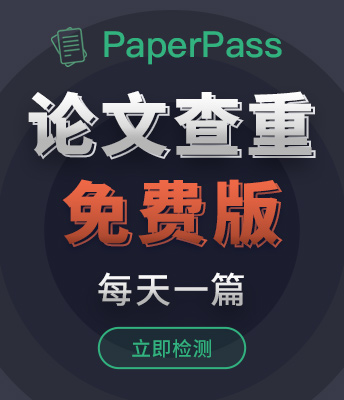- 钛学术文献服务平台 \
- 学术期刊 \
- 综合期刊 \
- 其它期刊 \
- 信息安全(英文)期刊 \
Remote Access Communications Security: Analysis of User Authentication Roles in Organizations
Remote Access Communications Security: Analysis of User Authentication Roles in Organizations
基本信息来源于合作网站,原文需代理用户跳转至来源网站获取
摘要:
Remote access is a means of accessing resources outside one’s immediate physical location. This has made employee mobility more effective and productive for most organizations. Remote access can be achieved via various channels of remote communication, the most common being Virtual Private Networks (VPNs). The demand for remote access is on the rise, especially during the Covid-19 pandemic, and will continue to increase as most organizations are re-structuring to make telecommuting a permanent part of their mode of operation. Employee mobility, while presenting organizations with some advantages, comes with the associated risk of exposing corporate cyber assets to attackers. The remote user and the remote connectivity technology present some vulnerabilities which can be exploited by any threat agent to violate the confidentiality, integrity and availability (CIA) dimensions of these cyber assets. So, how are users and remote devices authenticated? To what extent is the established connection secured? With employee mobility on the rise, it is necessary to analyze the user authentication role since the mobile employee is not under the monitoring radar of the organization, and the environment from which the mobile employee connects may be vulnerable. In this study, an experiment was setup to ascertain the user authentication roles. The experiment showed the process of 2FA in user authentication and it proved to be an effective means of improving user authentication during remote access. This was depicted via the use of what the user has (mobile phone/soft-token) as a second factor in addition to what the user knows, i.e. password. This authentication method overcomes the security weaknesses inherent in single-factor user authentication via the use of password only. However, the results also showed that though 2FA user authentication ensures security, the remote devices could exhibit further vulnerabilities and pose serious risks to the organization. Thus, a varied implementation was recommended to further enhance

推荐文章
基于WS-security的数据安全交换
端到端
WS-Security
SOAP消息
令牌
基于Remote Panel的直流电机远程调速
LabVIEW
Remote Panel
曲线拟合
基于SOAP协议的Web Service 安全基础规范(WS-Security)
Web Service
WS-Security
安全规范
安全信息交换
SOAP协议扩展
内容分析
关键词云
关键词热度
相关文献总数
(/次)
(/年)
文献信息
| 篇名 | Remote Access Communications Security: Analysis of User Authentication Roles in Organizations | ||
| 来源期刊 | 信息安全(英文) | 学科 | 工学 |
| 关键词 | Remote Access Communications Security User Authentication 2FA Virtual Private Network (VPN) TELECOMMUTING Threats VULNERABILITIES | ||
| 年,卷(期) | 2020,(3) | 所属期刊栏目 | |
| 研究方向 | 页码范围 | 161-175 | |
| 页数 | 15页 | 分类号 | TP3 |
| 字数 | 语种 | ||
| DOI | |||
五维指标
引文网络
引文网络
二级参考文献 (0)
共引文献 (0)
参考文献 (0)
节点文献
引证文献 (0)
同被引文献 (0)
二级引证文献 (0)
2020(0)
- 参考文献(0)
- 二级参考文献(0)
- 引证文献(0)
- 二级引证文献(0)
研究主题发展历程
节点文献
Remote
Access
Communications
Security
User
Authentication
2FA
Virtual
Private
Network
(VPN)
TELECOMMUTING
Threats
VULNERABILITIES
研究起点
研究来源
研究分支
研究去脉
引文网络交叉学科
相关学者/机构
期刊影响力
信息安全(英文)
主办单位:
美国科研出版社
出版周期:
季刊
ISSN:
2153-1234
CN:
开本:
出版地:
武汉市江夏区汤逊湖北路38号光谷总部空间
邮发代号:
创刊时间:
语种:
出版文献量(篇)
230
总下载数(次)
0
总被引数(次)
0
期刊文献
相关文献
推荐文献

 免费查重
免费查重










